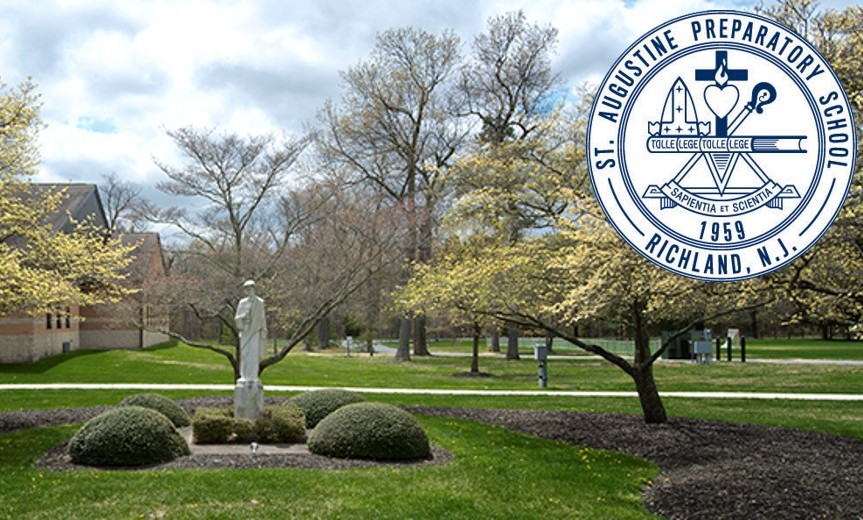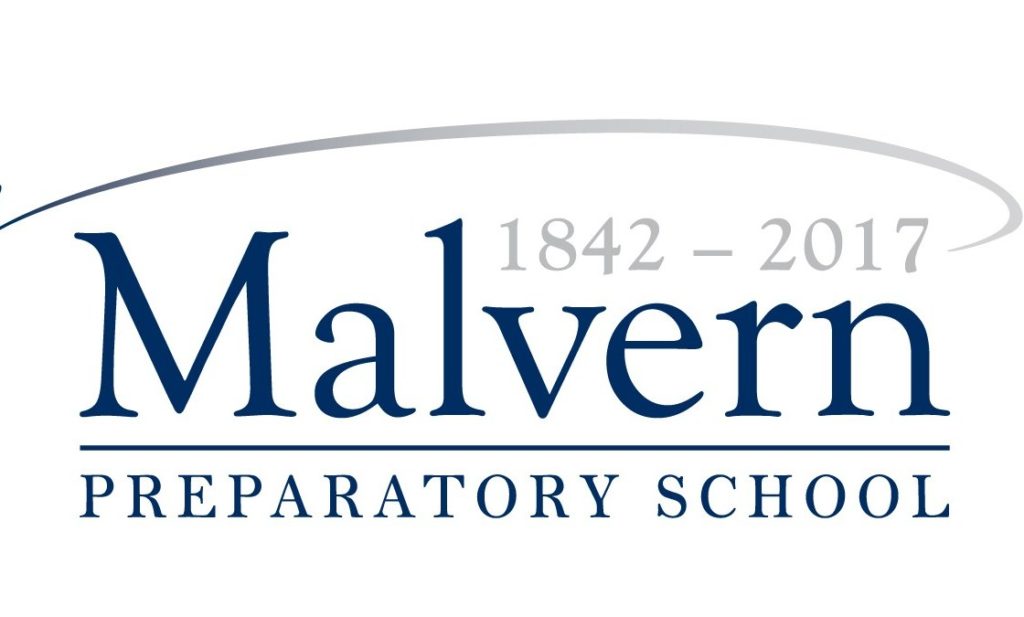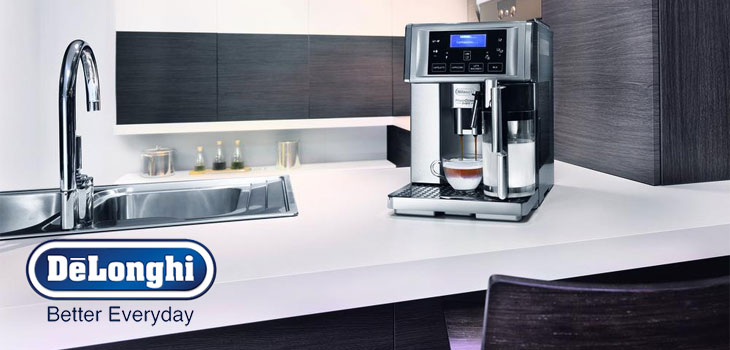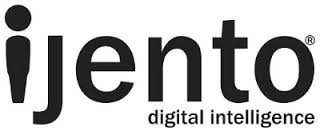How Warm & Competent Admissions Relationships Drive Student Enrollment
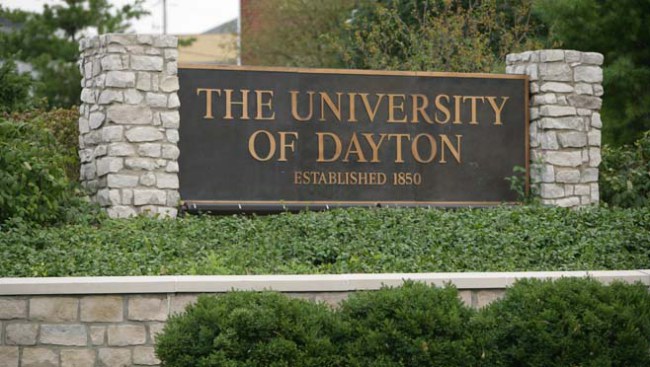
Image Credit: University of Dayton
BACKGROUND
With increasing competition in Ohio and nationally for a dwindling number of high school students, the University of Dayton (UD) works hard to meet and exceed its enrollment targets without compromising academic quality. While some private schools have struggled in recent years to fill first-year classes, UD, a toptier Catholic research institution, recently received 200 more enrollment confirmations over its goal, despite offering admission to 1,000 fewer applicants. As a result, the university improved its selectivity rate – an indicator of academic excellence and a key factor in national rankings – from 76 percent to 55 percent. To better understand and leverage the drivers of their growing enrollment success, UD engaged Fidelum Partners to apply its warmth and competence insights framework to the enrollment process.
SOLUTION
To uncover the most critical drivers of student enrollment, Fidelum Partners gathered and analyzed the warmth and competence perceptions of more than 1,500 recently admitted students, along with relevant admissions, academic and financial aid data. As part of its unique relationship-focused analysis, Fidelum Partners then identified four unique relational segments of admitted students, each with differing enrollment priorities, perceptions and behavior:
- High-Scoring Skeptics (18%) – These high-scoring students average a 3.95 high school GPA and are highly sought after by multiple institutions. However, less than 30 percent of these chose to enroll at UD due to their skepticism about the University’s academic reputation and the scholarship opportunities available to them.
- Less Prepared Fans (15%) – Though less well-prepared academically and financially, these students are enthusiastic fans of everything about UD. Nearly 60 percent of them chose to enroll, but they arrive having maintained a relatively lower average high school GPA (3.3).
- Solid Academic Balancers (32%) – These students are as equally concerned with the quality of campus living and learning environment as they are academic reputation. While they appreciate UD’s academic strength — and bring an average high school GPA of 3.9 — nearly half of them chose to enroll and most cite the incredible sense of community and close-knit campus as the primary reason they did so.
- Average Academic Believers (34%) – These prospective enrollees have a high school GPA matching the 3.7 average of all admitted students. They are enthusiastic believers in UD’s size, location, campus environment and academic reputation, which helps explain why 56 percent of them chose to enroll.

The analysis also revealed that students’ priorities and perceptions of UD, based on Fidelum Partners’ warmth and competence dimensions, had been a major driver of enrollment decisions, explaining fully 33 percent of all matriculation behavior alone. This breakthrough method for identifying and assessing the drivers of student behavior was developed in collaboration with renowned psychologists at Princeton University and was recently published in the Journal of Consumer Psychology. ¹
Over the past several decades, social psychologists have deduced that as early humans struggled for survival they had to develop an ability to make two kinds of judgments quickly and accurately: “What are the intentions of others toward me?” and “How capable are they of carrying out those intentions?” Researchers call these two critical categories of human perception “warmth” and “competence.” These spontaneous judgments still dominate human perception and behavior, subconsciously guiding most of our decisions, particularly as they relate to our interactions and relationships with others. Fidelum Partners has extended this insights model to higher education institutions, finding that at the deepest level, students make application and enrollment decisions precisely the same way — instinctively judging schools on warmth and competence.
Not surprisingly, Fidelum Partners’ analysis also found that these warmth and competence dimensions are directly related to the relationships formed by prospective students during the admissions process – especially with admissions personnel, current students, and faculty and staff. In fact, fully 26 percent of enrollment behavior could be attributed to the strength of these relationships with UD stakeholders. Together, warmth, competence and UD stakeholder relationships explained a whopping 44 percent of all student matriculation decisions. While financial aid is certainly significant, the analysis revealed that it drives only 25 percent of student enrollment decisions at UD.
Moreover, for every one point increase in perceived warmth and competence (on a 7 point scale), prospective students’ overall relationship with UD improves by 20 to 34 percent. Similarly, for every one point increase in their overall relationship with UD, students’ likelihood to enroll at the University of Dayton improves by a remarkable 42 percent.
What these findings suggest is that higher education institutions must better understand the widely varying warmth, competence, and relational priorities and perceptions of prospective students, as well as better align their admissions efforts and experience with the unique needs of each relational segment.

NEW STRATEGIC DIRECTION
Already recognized as an innovator and thought-leader in enrollment management, UD is building on their recent success with a greater emphasis on establishing warmth and competence-based relationships with all applicants to the University. To enable this shift, UD is making strategic changes to key elements of their admission and campus visit programs to better facilitate and enable stronger relationships with applicants. In addition, Fidelum Partners has been retained to develop and deliver an insight-based relationship development training program to the entire UD enrollment management team, including student tour guides
“As a top-tier Catholic research university we pay close attention to how the values of our transformational community are demonstrated to prospective families. When I read about the warmth and competence framework, I became convinced that those insights would be valuable to our efforts. These Fidelum Partners concepts are new to higher education, but their application is proving successful here, and I believe we have even more to gain from it.”
Jason Reinoehl
Executive Director, Enrollment Strategies & Operations
University of Dayton
¹ Brands as Intentional Agents Framework: How Perceived Intentions and Ability Can Map Brand Perception, Nicolas Kervyn, Susan T. Fiske, and Chris Malone, Journal of Consumer Psychology 22 (April 2012) pp. 166-176.







